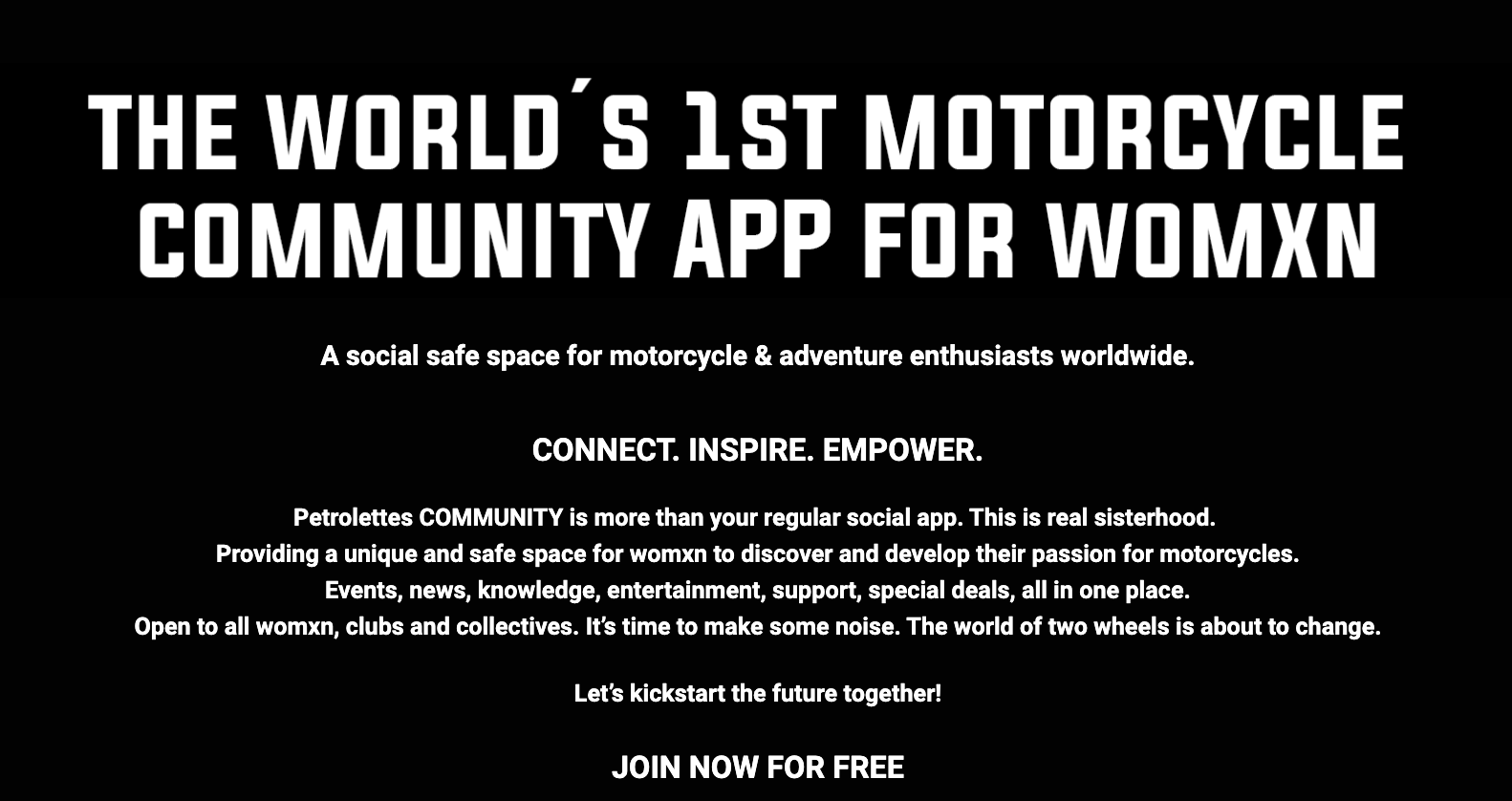Online communities have skyrocketed in recent years—more organizations are creating them and more people are joining them.
As a community manager, you are now challenged with looking for different ways to stand out from the pack while consistently providing value to your members.
As you innovate and try new things, it is critical to remember that for your community to achieve its goals, your members need to feel in a safe and supportive environment.
This isn’t always easy, especially as the community grows. Moderation undoubtedly takes a large chunk of your time.
This is where community guidelines help.
Community guidelines explain how members should interact with each other, what is allowed, what isn’t, and the consequences for breaching the rules. Guidelines help safeguard your members while encouraging the culture you want to create within your community.
Unfortunately, there will still be rule breaks—no matter how well your guidelines are written. But the guidelines will help you make faster decisions based on an established set of rules, make it easier to train moderators, and make sure all moderators are on the same page when it comes to moderation.
So, with all this in mind, let’s take a closer look at some of the fundamental steps to crafting solid community guidelines.
Start With a Community Mission Statement
Before starting on the specific do’s and don’ts of your community, make sure you explain why your community exists and the goals you want to achieve. In other words, create a community mission statement.
A great mission statement explains the values and culture of your community and encourages members to join.
If members clearly understand what you want to achieve, they will have an easier time respecting the rules you have put in place to achieve this goal.
Check out Hivebrite client, Petrolette's community mission statement below for inspiration!
What to Include in Your Guidelines
Striking the right balance between being thorough and information overload can be tricky when writing guidelines.
You don’t want to miss out anything crucial, but you don’t want to overwhelm users with a long, overly complicated list of rules either.
What your guidelines cover will depend on your type of community. For example, if your community shares sensitive documents, you may want to consider a dedicated terms and conditions page. However, any kind of community should create rules around the following:
- Hate speech, harassment, bullying, discrimination or other targeted attacks
- Spam or self-promotion
- Privacy and sharing of personal information (sometimes referred to as doxing)
- Illegal activity
- Intellectual property protection
- Unauthorized use of content
Use plain and unambiguous wording when writing your guidelines and add examples of “good” and “bad” behaviour where possible to bring your guidelines to life.
Ensure to include details on how to get in touch with the community manager(s), admins or moderators to report violations and share ideas and feedback.
|
Hivebrite Customer Example "Think and do" tank, iac Berlin, created clear and thorough community guidelines for the Bosch Alumni Network. Click here to view the guidelines. |
And if Someone Breaks the Rules?

Being clear about the consequences of breaching community guidelines is just as important as explaining the rules.
Add a section to your guidelines that details the actions taken in the event of a rule break. Keep it fair and straightforward. Some information you should include is:
- What is the penalty for first time, second time, third time offenders?
- How many violations can occur before suspension/ban?
- Does your community have a zero-tolerance policy for certain behavior?
Involving the Community in the Process
Who better to give you feedback on your guidelines than the people who experience your community first-hard—your members.
Asking a select group of members for feedback can help lock in solid guidelines. Plus, community members become more engaged when they play a meaningful role in both the decision-making process and implementing projects that affect them.
|
Top Tip Don’t just ask for feedback from highly engaged users; seek input from users from a broad spectrum that encompasses different ages, ethnicities, economic backgrounds, genders, maturity in the community, engagement levels, and so on. |
Making Your Guidelines Easy to Find

Make sure members are aware of the community guidelines and that they are easily accessible from your community’s home page.
You could also consider linking to your community guidelines in your welcome emails, sign-up page, and newsletters. This way, new members and first-time visitors can easily access and read them, and seasoned community members will always know where to find them.
Keeping Your Community Guidelines Fresh
A healthy online community grows and evolves with its members and the environment.
You will more than likely have to update your guidelines over time as you encounter new types of content and feedback. Set up a process to allow you to be as agile as possible when creating, communicating and enforcing a new rule.
Community guidelines encompass your vision for the quality of exchanges and the culture you want to encourage in your community. Whether you’re writing guidelines for a new community or revitalising a community that has developed some bad habits, your guidelines will foster engagement that strengthens your brand and helps your community achieve its goals!
Hivebrite is a comprehensive and flexible community engagement platform. It empowers organizations of all sizes and sectors to launch, manage, and grow fully branded private communities. Schedule a demo today!




%20(1).png?width=1650&name=hivebrite-logo%20(2)%20(1).png)